Your cart is currently empty!

How to Plan a Trip to Pakistan in 2023
Are you looking to visit an incredible and unique off-the-beaten-path country in 2023? Pakistan is the perfect country for your next trip: here is my guide on how to plan a trip to Pakistan in 2023.
Sadly, Pakistan is not on many bucket lists. Media attention in the last 20 years has given the country a bad rap, mostly due to old instabilities in the region.
Thankfully in the last 5 years, social media influencers have become the number one source of positive media attention and Pakistani tourism is growing.
It’s about time Pakistan had the spotlight, it’s rightly deserved!
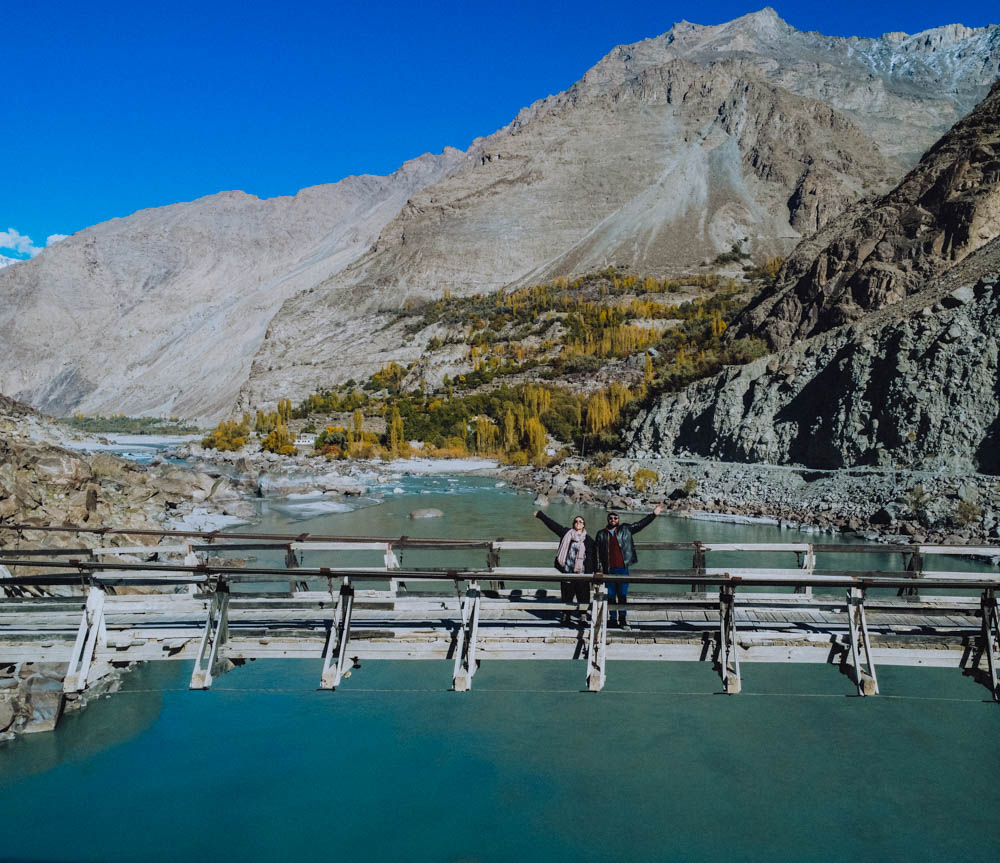
If you’re planning on traveling to Pakistan as a solo-female check out my post here.
Pakistan is a country full of adventure. North Pakistan is raw untamed wild in the worlds highest mountain ranges. The south is gorgeous coastlines and vast deserts. The cities buzz with an enigmatic energy that runs both chaotically and perfectly. My favorite part though, is the people. You’ll find yourself never alone. Pakistani’s are so friendly, generous, and hospitable. It’s easy to never want to leave.
Planning a trip to Pakistan in 2023 can be an exciting and memorable experience

How to Plan a Trip to Pakistan in 2023
1. Determine your travel dates
Pakistan is a country with diverse geography, from the jaw-dropping alpine regions of the north to the hot and humid cities in the south. The best time to visit depends on the regions you’re visiting.
In general, the best time to visit is from April to October, when the weather is mild and pleasant.
It’s important to note that some areas of Pakistan can be prone to natural disasters, such as floods and earthquakes, during the monsoon season from July to September. Before booking your trip, check the local weather conditions and any travel warnings to ensure that your trip is safe and comfortable.
Northern Pakistan:
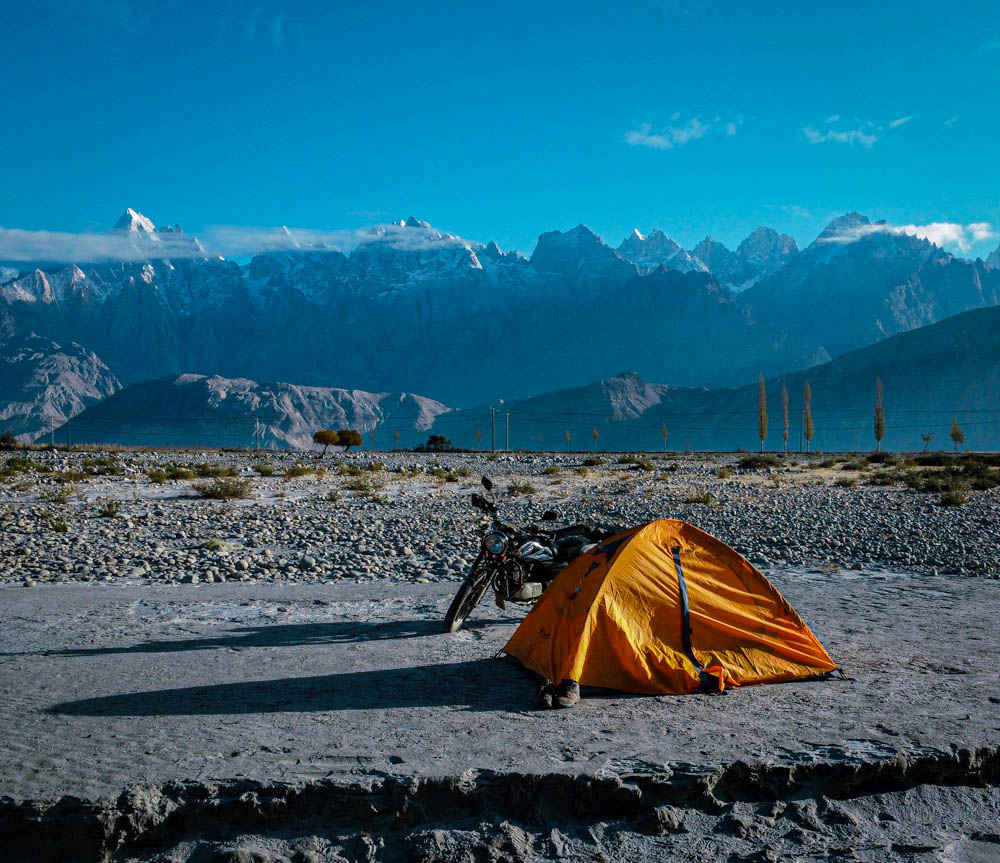
If you plan on visiting the wild outdoors-which you definitely should-you’ll need to factor in the tourism seasons.
Tours in Pakistan are at their height May-September and finish off in October. I recommend joining a tour if you want to do any trekking or base camp hiking because the terrain can be rough and difficult, and you’ll feel more comfortable with someone who knows the area. If joining a tour is not your style, you can always opt for hiring a private guide. This will cost a bit extra, but from my experience, a guide is useful and convenient. You can contact me about finding you the right guide in Pakistan!
If you want to join a trek for the K2 base camp, you’ll need to plan and organize your trip ahead of time. Often trips stop around mid-August. The snow is already falling in these high-elevation regions and tour companies need to watch for safety.
If you want to visit the northern regions and not do any trekking, mid-October is around the latest I would recommend planning your trip. I took a motorcycle trip in October 2022 through Northern Pakistan, and I was freeeeezing. We were able to do some hiking, but a lot of places were closed due to already being covered in snow.
Consider the weather when planning your trip! It would be such a shame to go just to be denied access.
Visiting the Big Cities:

Due to the hot climate in Islamabad, Lahore, and Karachi you would think the best time to go would be in the winter months, and this is true when you’re speaking about temperature.
But many cities, especially Lahore, experience a lot of smog from December-February. In 2022 Lahore took the title of the most polluted city in the world. This causes a lot of flights to be canceled, shops to close early, and general sickness.
After my experience, I would take the hottest day of summer over the lightest smog.
2. Obtain a Visa
To visit Pakistan, you will need a tourist visa.
Nowadays they’ve made it simple by creating an e-visa. You can go to the e-visa website: https://visa.nadra.gov.pk/
You’ll need to acquire a letter of of invitation. You can do this by contacting a tour company, or through a hotel booking.
How to apply for a Pakistan e-visa:
First make sure you have JPEG files of:
- Passport information page
- Passport photo with a white background
- Letter of invitation
Step 1:
Go to the website https://visa.nadra.gov.pk/ and begin your application. Go to “Visa Categories” and select “Tourist Visa”. This will take you to an information page where you can select “Apply Now” to begin your application.
Step 2:
Begin filling out the application. You will need around an hour to complete the entire form.
Step 3:
After finishing the application, you will have to pay. The visa costs around $60USD for most nationalities. You can pay with visa or mastercard.
Step 4:
Once you’ve finished you payment, you will have to select “Submit Application” or else your application will remain pending.
The e-visa usually takes around 5-7 business days to be approved, but I’ve gotten mine much sooner. If it’s taking more than 7 days contact them directly because it’s possible they’ll need additional documents.
Oh and make sure upon arrival that you have a return ticket. I hadn’t yet booked my return ticket on my last entry in Pakistan, and I got into a lot of trouble at the airport. Hopefully this is common sense for you, but it wasn’t for me.
3. Choose you Destination
Pakistan is home to a fascinating rich history, heartwarming culture, mouthwatering cuisine, and untouched natural beauty. There are so many destinations to choose from.
The most popular tourist destinations include Lahore, Islamabad, Karachi, and the northern areas of Gilgit-Baltistan and Khyber Paktunkhwa.
I’ll give you my take.
Cities
Lahore: A laid back city with the most friendly people, food all hours of the night, an old town with incredible architecture and history, and close to the Indian border. I recommend Lahore if you want to see the Wagah border ceremony or if you want to explore the old town Lahore and it’s history.
Islamabad: A modern city with a more western perspective, and a junction point for the north. I recommend Islamabad if you’re looking to see Pakistan modern side and if you want to visit the Northern regions, you’ll probably have to come through Islamabad.
Karachi: A chaotic mega city that ignites the senses, with a rich history in colonialism, and many things to do. I recommend Karachi if you want to visit old colonial sites, explore the history, and if you’re looking for an energetic and crazy city. Warning though, if you’re easily overwhelmed Karachi will throw you over the edge.
Gilgit-Baltistan/Northern Region

Murrey: A town not yet into the jaw-dropping visions of giant mountain regions, but still north and mountainous enough to be beautiful. Murrey is a plesant stop on the way to the north, but get’s criticism from Pakistanis for being unfriendly.
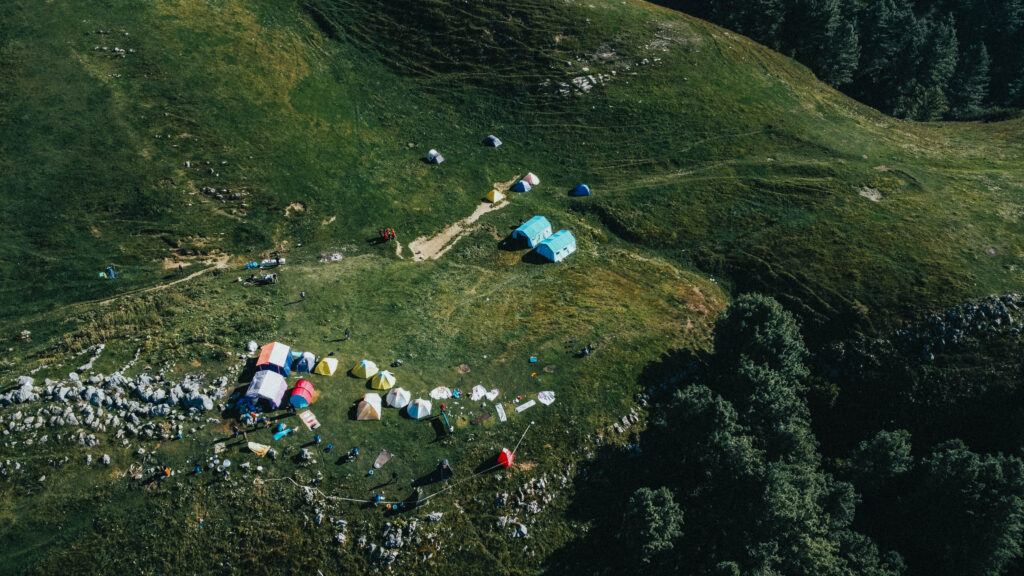
Naran: A bit further north of Murrey, here you’ll start to see the epic views of Pakistan. Theres a very cute city center and an epic lake to visit, Saif Al Suri.

Babusar Top: A crossing point to from the Kagan Valley to the Karakorum Highway, at 4,173m(13,691ft). Babusar Top is a beautiful point to stand and look across the deep valleys.

Chilas: The scenery starts to change in Chilas with giant dusty mountains. It’s an absolutely beautiful region, but sometimes doesn’t allow solo foreigners without a tour due to some sensitivities in the area.

Rupal/Nanga Parbat: I absolutely loved this town. A quaint and friendly village, with friendly faces and farm animals all underneath Nanga Parbats looming gaze. In Rupal you can arrange guided tours to Nanga Parbats’ base camps, which I highly recommend.

Deosai National Park: Is sometimes called the Roof of the World. It’s the second highest plain in the world and brimming with wildlife and gorgeous mountains. I loved Deosai, and especially a village outside the park, Chillam. This was my favorite village I visited in Pakistan, full of the loveliest people.
Gilgit: the big city of the north. If you are flying from a southern airport, most likely you will fly into Gilgit. It’s a perfect connection town with lots of shops if you’ve forgotten any outdoors gear. You can also rent motorcycles in Gilgit, which is a great way to traverse these regions.
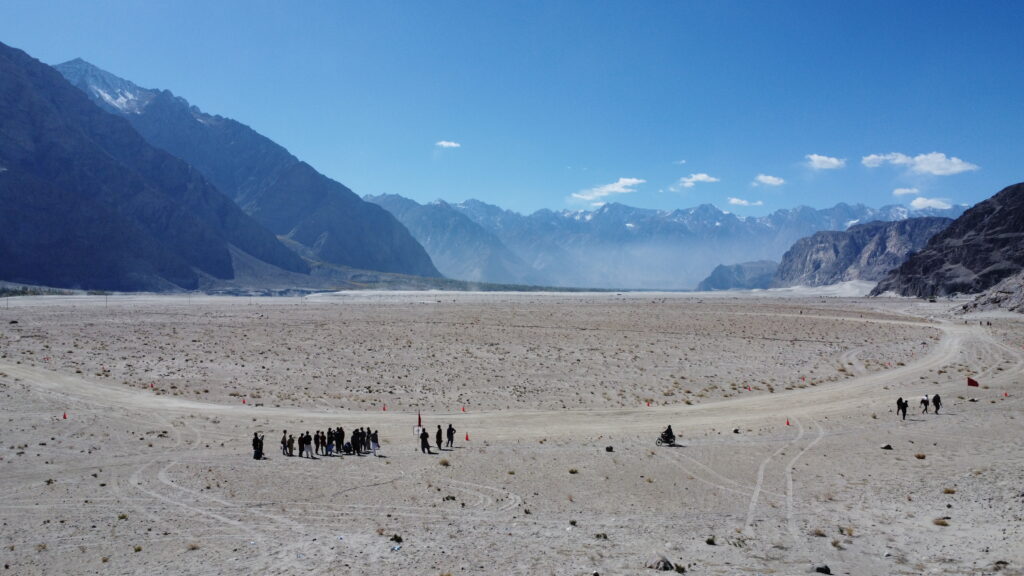
Skardu: is a must-do! I absolutely loved Skardu and it’s nearby cities of Khaplu and Saling. This city is diverse in it’s landscapes, food, and people. It sits in between the two largest mountain ranges in the world, the Karakorum and the Himalayan. It’s even home to the second largest cold dessert in the world, the Sarfaranga Cold Desert. The most beautiful place I’ve visited in my life. The people of Skardu also have their own culture and language with a cuisine you won’t find anywhere else in Pakistan. Skardu also has it’s own airport. If you only have a short time in the north, I’d recommend either Skardu or Hunza.
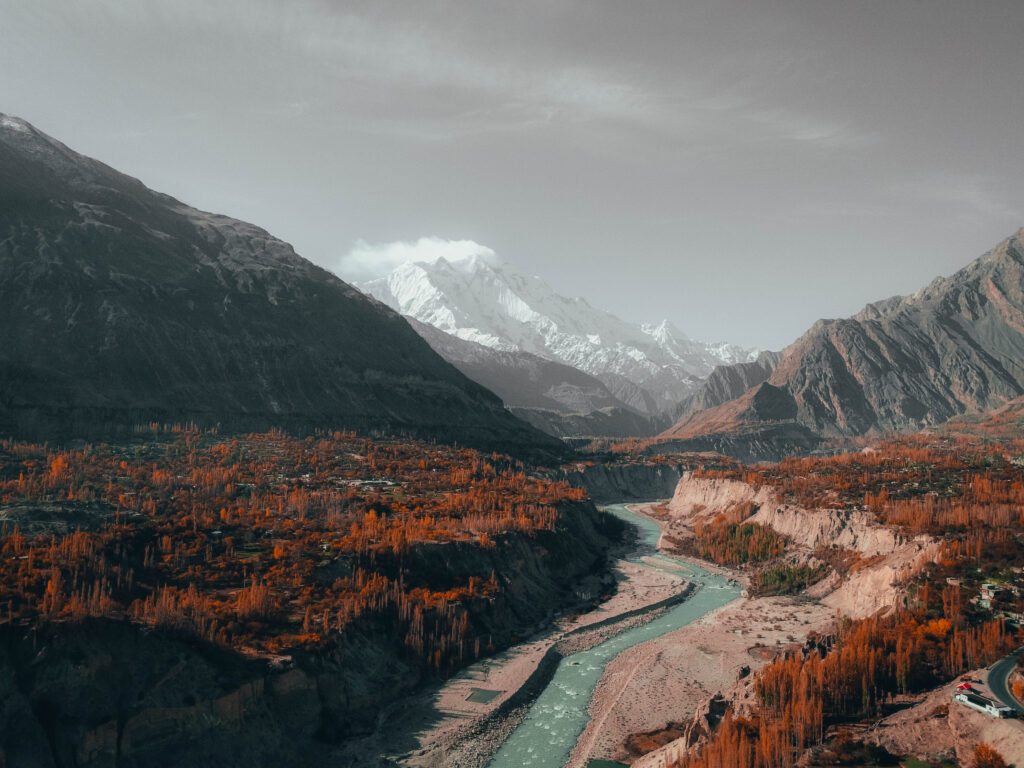
Hunza: an epic scenery of giant mountains and low valleys. Hunza is the perfect mountain town. The people are friendly, the accommodation is great, and the mountains are gasp-worthy. You’ll find a lot of women working and owning business here which is a rarity for Pakistan.
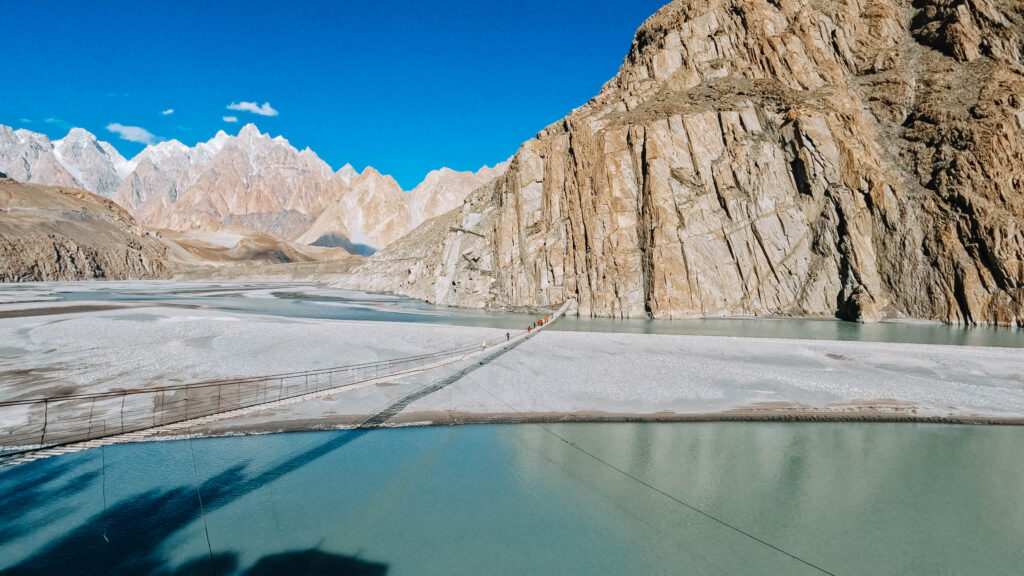
Passu: a very chill and very beautiful mountain village. Passu has a small well educated population. I was surprised just how many people spoke English here. It’s again gorgeous, like everything is in the north and there is so much to do. You can walk across one of the most dangerous bridges in the world, eat a burger made from Yak meat, and visit the China Border.

5. Book your travel and accommodations
You’ll want to book as much as you can online, but from what I’ve found you might be able to get a better deal in person. Everything can be bargained for in Pakistan. Yes, even hotel rooms. This does leave much up to chance, and I’ve had to sleep in my tent a few times for lack of available space.
That being said, it does alleviate some stress to book ahead of time. I find airbnb and couch surfing to be solid options for finding hotels.
A lot of travelers opt for a private guides, which are fantastic in Pakistan. You’ll definitely want to book this ahead of time so the travel company has time to allocate a guide with your specific language and route requests.
Tours are also a great option for less stress. Though I’m not a fan because I hate buses and losing my freedom. If you’re like me but don’t want to travel alone, there are lots of bloggers that run their own tours in Pakistan that aren’t just stops on and off a giant bus. You’ll spend time with like minded people going off the beaten path for the real Pakistan experience.
6. Get Travel Insurance
It’s always a good idea to have travel insurance for your trip, especially when traveling to a foreign country.
7. Pack Accordingly
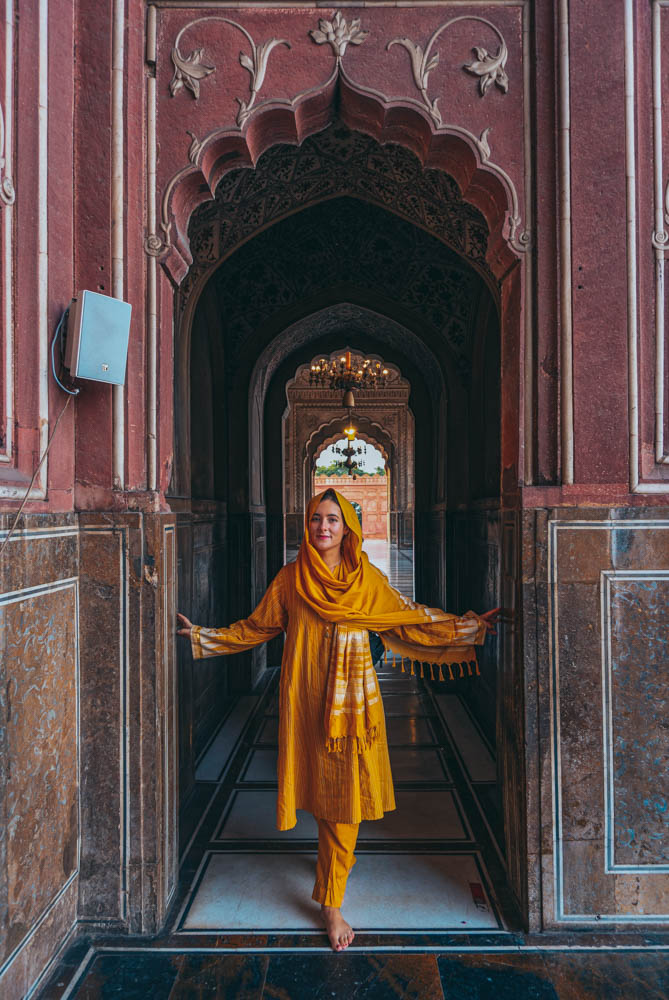
Pakistan’s diverse geography means that you’ll need to pack a range of clothing, from warm jackets for the mountains to lightweight, breathable clothing for the cities.
You won’t see many people wearing western clothes in Pakistan, unless you’re in some high societies in Islamabad and Lahore. Pakistanis wear shalwar-kamez, a loose fighting, light weight, shirt and pant set. Foreigners can get away with not wearing the common clothing, but it might draw a lot of unwanted stares. By western clothing I mean jeans and t-shirts.
Never, ever wear shorts, tank tops, or short dress/skirts.
People generally cover their arms, shoulders, and legs. In very conservative regions women will not even show their ankles or face. So respect local customs, and dress modestly.
In general I find it’s most comfortable to wear shalwar-kamez anyway. It’s perfect for the climate, breathable, and comfortable.
The only western clothes you’ll need are hiking clothes-with a long t-shirt to cover your bums, ladies. For daily wear, I suggest buying shalwar-kamez at a local market right when you get to Pakistan.
8. Familiarize yourself with local customs
Pakistan is a Muslim country, and visitors should be respectful of local customs, such as dress codes and customs around religion.
I could go into a whole separate post about the local customs in Pakistan, and I probably will, but for now I’ll give you footnotes.
Do not make fun of or criticize the religion or Prophet Muhammed. This is a sure-fire way to really pissing people off, so it’s best to avoid it. The religion is present in every aspect of their culture, and Pakistanis take their faith seriously. I know we all can form our own opinions, but when in doubt, keep it to yourself.
Tread lightly around women. If you’re a woman, no problem here. You’ll actually be likely to gain access to women only areas and receive special treatment, but if you’re a man, be careful. Women oftentimes won’t meet with men unless they know them personally or are introduced by their husbands. I know western custom is to be friendly to everyone, but in Pakistan it can be seen as rude or aggressive. You wouldn’t want to offend anyone, so rule of thumb is don’t interact with women unless you’ve been introduced.
After following these steps, you’ll be ready for a trip to Pakistan in 2023! A life-changing experience full of adventure, delicious food, and some of the friendliest people you’ll meet in your life.
